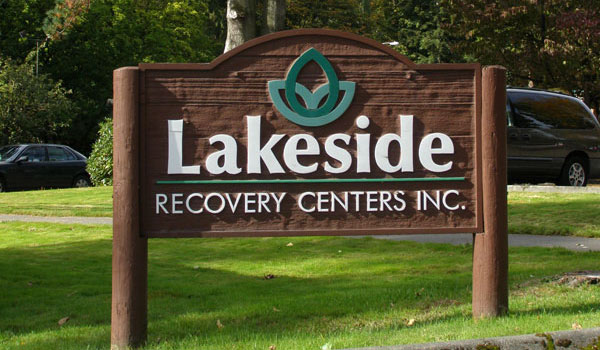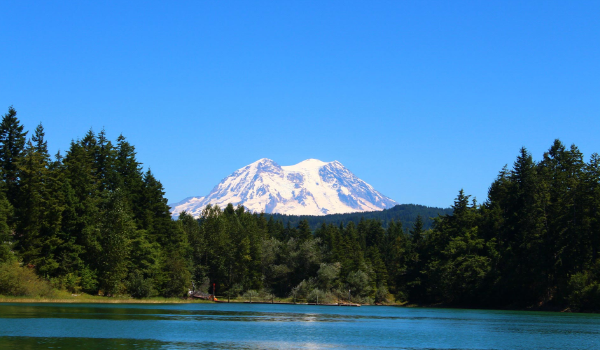While addiction is a widespread epidemic, certain corners of the country are more significantly affected by it. Residents of Alaska struggle with alcohol, heroin, methamphetamine, cocaine, prescription drugs, and marijuana. Although the problem looms large, there is a marked shortage of treatment options available within the state’s borders. Lakeside-Milam aims to address this by crafting a treatment program specifically tailored to the unique circumstances of Alaskans.
High Rates of Illicit Drug Use
Over the past 20 years, Alaska has consistently ranked among the top ten states for rates of drug use in several categories, including:
- Past-month illicit drug use among people aged 12+
- Past-month illicit drug use among young adults aged 18-25
- Past-month marijuana use among people aged 12+
- Past-year nonmedical pain reliever use among persons age 26+
- Illicit drug dependence among persons 12-17
Other troubling statistics exist. For example, in a 2010 survey, just under 14% of Alaska residents reported using illicit substances within the past month – this stands in stark contrast to the national average of 8.82%. In the same year, the Last Frontier experienced more drug-induced deaths than deaths by motor vehicle.
The numbers have not improved within the past decade. A report titled “The Alaska Epidemiologic Profile on Substance Use, Abuse and Dependency”(abbreviated AK-EPSUAD) has identified, collected, and consolidated data related to the consumption and consequences of substance use in the state of Alaska. In a 2019 update, researchers found:
- Nine of the ten leading causes of death in Alaska may be strongly associated with substance use as a contributing cause (chronic liver disease, cirrhosis, homicide, suicide, etc.)
- The rate of unintentional injury, Alaska’s third leading cause of death, was 30% higher than the U.S. national average.
- Approximately 1 in 3 motor vehicle crash fatalities during 2012-2016 were attributable to alcohol.
- Regions with the highest rates of drug-induced death were Anchorage, Mat-Su, Juneau, and Kenai Peninsula.
Certain trends are particularly worrisome. First, the rate of substance use in American Indian or Alaskan Native communities. Secondly, the high rates of substance use among young people. These state-specific concerns highlight the need for intervention tailored to Alaskan patients.
“The problem is getting worse,” State Trooper Capt. Michael Duxbury said of illegal drugs in a 2017 press conference. “There are correlations with the increase in crime, and the lethality of the problem is increasing.”
In his thirty years with the Troopers, Duxbury says law enforcement is seizing an unparalleled volume of hard drugs. In just two years, 2016 and 2017, the amount of heroin intercepted by police doubled.
“It is happening in the airports, it is happening in the ports that are bringing it to Alaska, and it happens also in the mail,” stated Duxbury. Drugs arrive at the state by one of these various avenues, then move through the populated portions of the 663,300 square mile state. But why are these numbers so high, and what can be done to address the issue?
Why Alaska?
Because of its location, Alaska is a transfer point for drug trafficking. It is separated from the contiguous 48 states and shares a border with Canada. It also sits on the west coast, north of Mexico, California, Oregon, and Washington.
Alaska is a remote state, meaning that just like groceries or other supplies, drugs sell at a premium there. This results in specific patterns of use unique to Alaskans, including the substitution of more expensive (but more widely available) prescription opioids for heroin. Pharmaceutical diversion is one of the greatest issues in the state, especially for opioids, and takes the form of:
- Illegal dispensing or prescribing by medical professionals or pharmacists
- Forged prescriptions
- Doctor shopping – visiting multiple doctors to rack up a higher number of prescriptions
- Theft from pharmacies, hospitals, and nursing homes
- Internet-ordered pharmaceuticals
While law enforcement has attempted to cut down on clandestine meth labs by limiting the sales of pseudoephedrine, most methamphetamine in the state is trafficked by cartels in the lower 48.
There are a variety of pressures on the oil-dependent state: an economic recession, skyrocketing rates of unemployment, historical and current discrimination against Alaska Natives, seasonal industries (fishing and gold dredging) fueled by intense labor, and a cold environment.
In a previous study, it was revealed that Alaska has the second highest percentage of adults with unmet drug treatment needs. It is vital that residents of the Last Frontier receive the medical intervention they need.
Alaskan Addiction Treatment
Since our founding more than 30 years ago, Lakeside-Milam has recognized the needs of our Alaskan neighbors. We stood alongside other organizations to lobby the Alaskan Legislature in the 1980s, encouraging reasonable standards for insurers to provide addiction treatment benefits. We also created relationships with Native Alaskan communities where treatment is the most needed (and the least available).
Our 24-hour treatment services are covered by most insurance providers. Special arrangements can be made for airport pickup and home community continuing care. Our highly developed network of Alaskan agencies and therapists will be made accessible to you after your treatment at Lakeside-Milam.
We have helped over 6,000 Alaskan adolescents and adults to recover from addiction. Let us help you, too. Contact Lakeside-Milam today to learn more about our Alaskan drug and alcohol treatment services.






